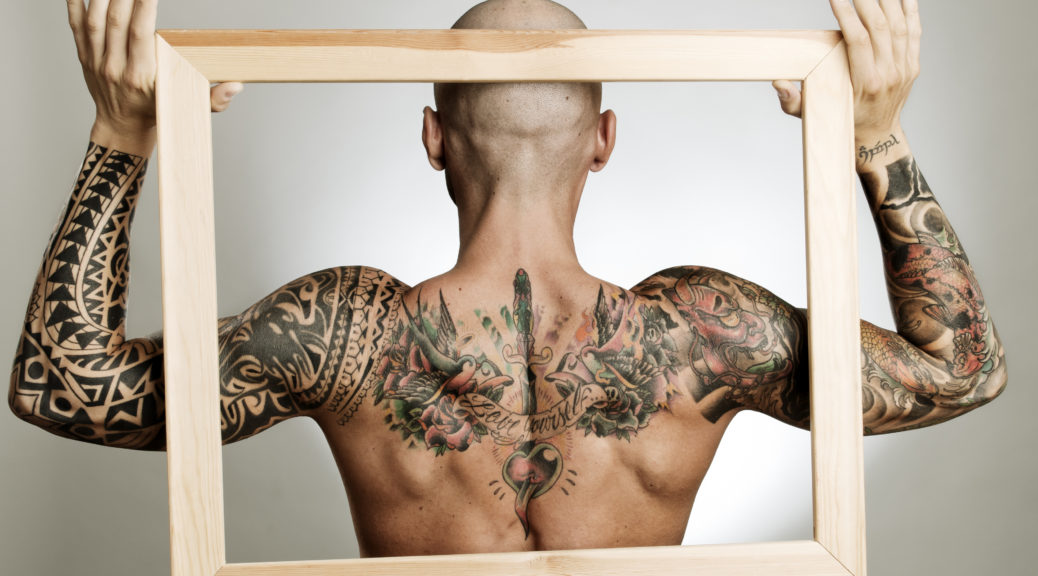BeVaccinated Web App Usability Testing
Dr. W. Gill Woodall from Klein Buendel and the University of New Mexico presented findings from the BeVaccinated project at the 68th Annual Conference of the International Communication Association in Prague, Czech Republic, May 24-28, 2018. The project tested the usability of a prototype web app for improving adolescent vaccination uptake.
While vaccination rates for young children in the U.S. currently meet recommended standards, the CDC reports adolescent vaccines uptake (Gardasil 9 for HPV, MCV4 for meningococcal infection, Tdap for Tetanus, Diptheria and Pertussis protection, and Varicella vaccine for Chickenpox protection) to be less than optimal. In the case of the Human Papillomavirus (HPV) vaccine, rates are seriously below desired uptake levels. Despite established safety and effectiveness information about these vaccinations, and a wide variety of medical organizations recommending them, parents continue to have concerns about them, particularly the HPV vaccine.
For health communication researchers focused on Diffusion of Innovations, this is a classic difficulty of lack of effective messaging to prompt the uptake of an innovation by closing a knowledge gap among parents, in this case, on effective adolescent vaccines. The CDC and the Presidents Cancer Panel call for the development of effective and accessible messaging to improve vaccine decision-making as well as uptake. Because parents drive the decision to, and action for, vaccine uptake, messaging should be focused on them, but not exclusively, as there are benefits from parents and adolescents communicating about vaccines specifically and health issues generally. Approaching the vaccines as a recommended adolescent vaccine panel instead of each vaccine singularly may provide adoption benefit, as a vaccine panel approach builds the normative expectation for getting all adolescent vaccines as a group.
To address this vaccine uptake deficit, a web-browser application prototype, BeVaccinated, was developed to test reactions to and feasibility of delivering adolescent vaccine information via a smartphone. The majority of adults of parenting age own smartphones and use them to access online information, especially minority adults, and use mobile apps for information acquisition and decision support, making them a potentially efficacious channel for delivering vaccine information and tools. The prototype app was developed via formative research with focus group participants and guided by an Expert Advisory Board (EAB) comprised of vaccination experts and clinicians. Usability testing was conducted iteratively with nine parent and teen pairs in New Mexico and seven parent and teen pairs in Colorado. Pairs were comprised of one teen, ages 13-17, and their accompanying parent or guardian.
Usability testing was conducted individually with the parent and teen by trained research staff. Parents and teens reported that the prototype app was easy to use. Users reported that they could learn to use it quickly and that they were confident using it. With feasibility established, the full version of the app will be designed to improve dissemination of vaccine information, improve parent/teen communication around health behavior choices, and ultimately, improve the uptake of vaccinations.
This research was funded by a grant from the Eunice Kennedy Shriver National Institute of Child Health and Human Development (R41HD082901; Dr. W. Gill Woodall, Principal Investigator). Collaborators included Julia Berteletti from KB; Dr. Randall Starling, Dr. Alberta Kong, and Dr. Lance Chilton from the University of New Mexico; Dr. Greg Zimet from Indiana University; and Dr. Nathan Stupiansky from the University of Arizona.





